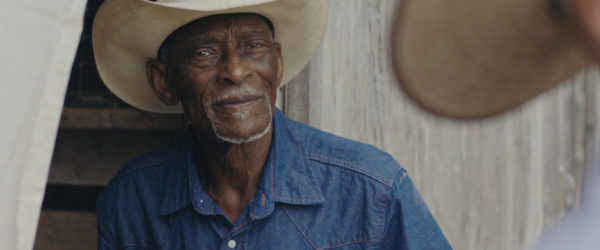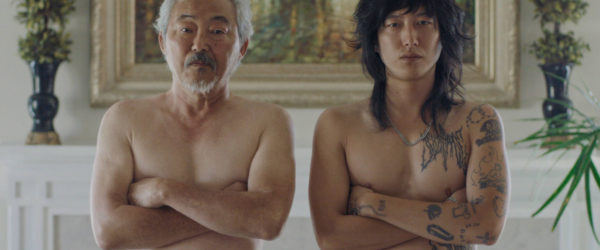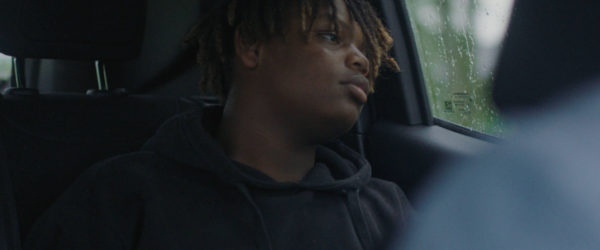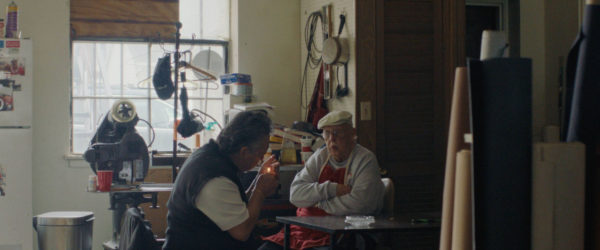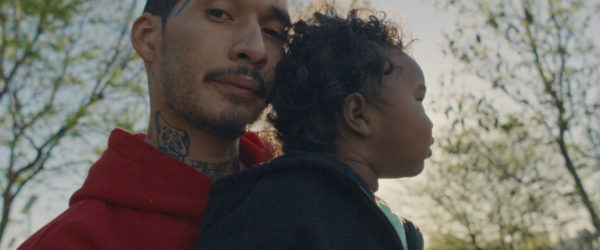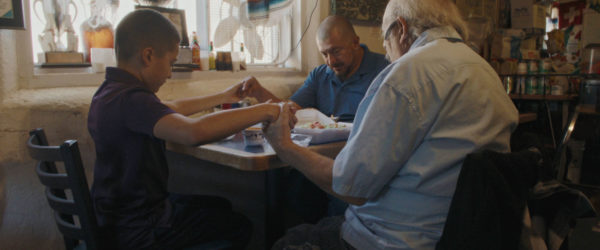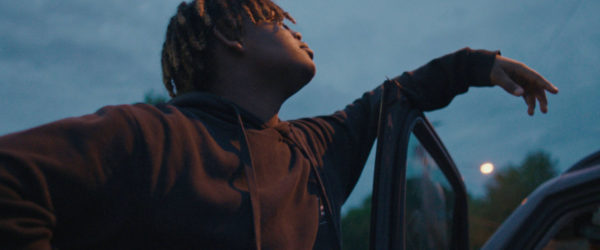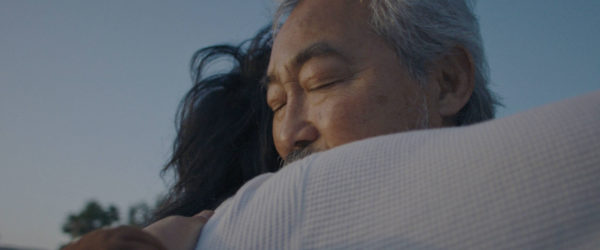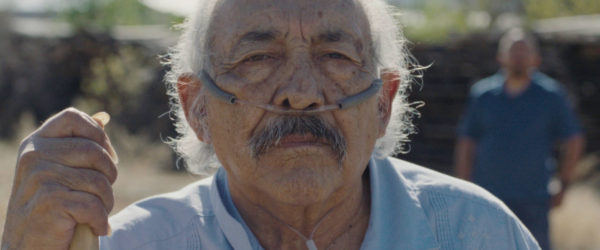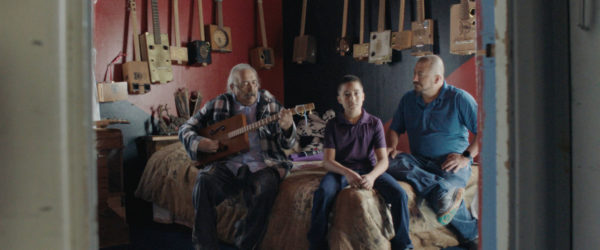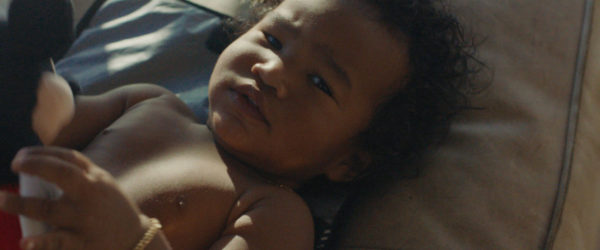Behind the Scenes
Masculine Vulnerability: The Story Behind ‘Like Father Like Son’
It’s not uncommon for filmmakers to process seasons of their lives through the lens of their art. In fact, that intersection of creativity and real life experiences is often the best breeding ground for meaningful storytelling. Case in point: “Like Father, Like Son” by Canadian filmmaker Justin Tyler Close, an incredibly talented director and photographer with a keen eye, a personal challenge to explore and a healthy sense of adventure.
In “Like Father, Like Son” Justin takes us on a very personal journey to discover the nuances and legacy of fatherhood. Through the stories and perspectives of real fathers and sons from across the country, the film explores what it means to be a good father raising good men in a world where masculinity can be difficult to navigate.
We had the chance to talk with Justin about his inspiration for this story and the unique challenges he faced during the making of the film:
”"When you’re creating a film like this, you have to leave room for spontaneity and chaos… relying more on instincts and interactions than scripts and storyboards."
Justin Tyler Close
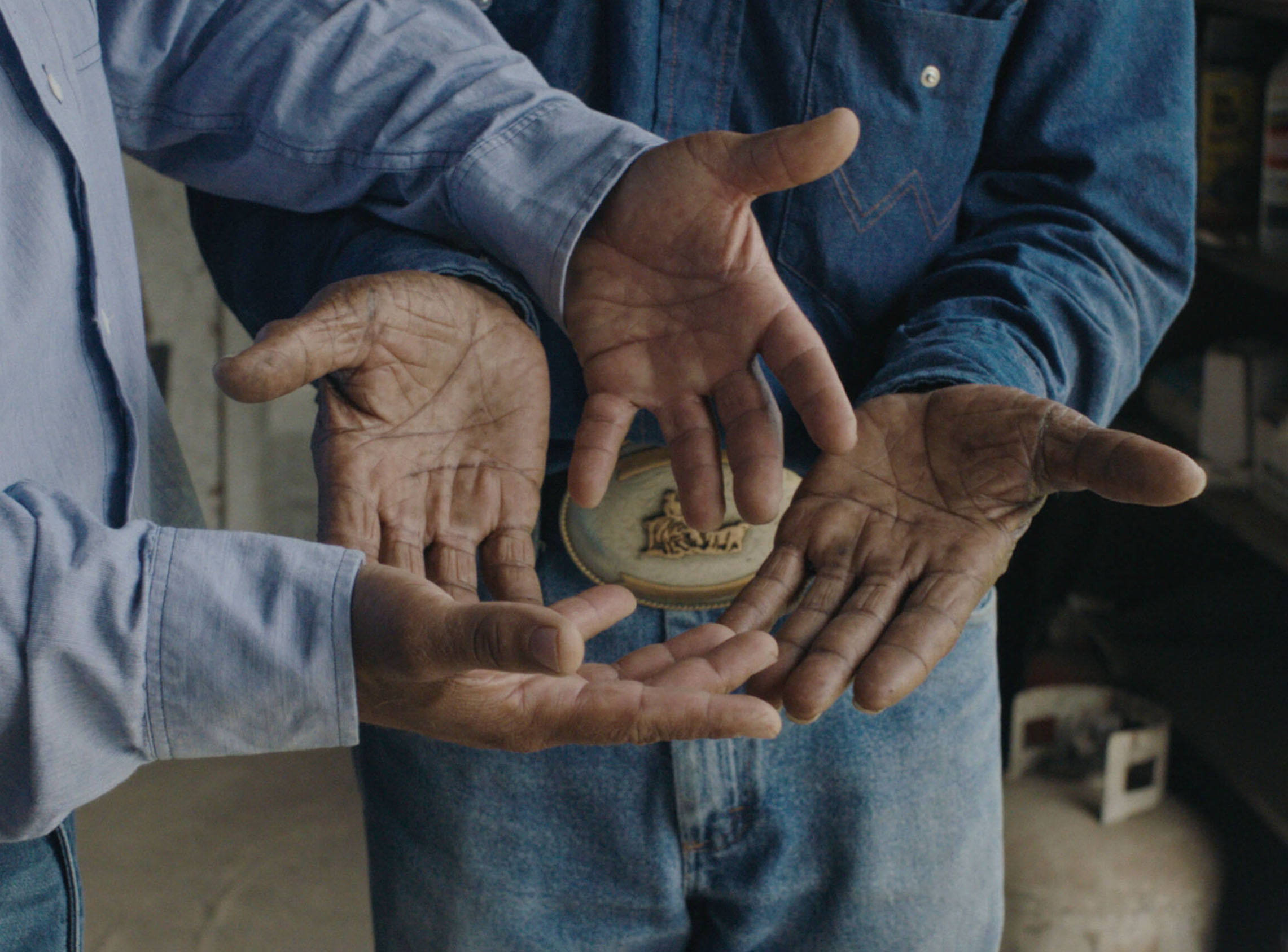
Filmsupply: What inspired you to create “Like Father Like Son”?
Justin Tyler Close: As I mentioned in the film, I’m on a personal journey with an unexpected turn that has potentially impacted how fatherhood may look for me. I sometimes find it helpful to process life through a camera and I’ve been wanting to make a film about men and masculinity that people could really connect with, so Like Father Like Son became a natural extension of that. I guess you could say I created the film as an investigation – a vehicle to explore my changing reality and give shape to the concepts I’m wrestling with.
I learned so much from each of the fathers and sons we journeyed with along the way… different facets about fatherhood that have little to nothing to do with bloodline or inherited traits and everything to do with how we view ourselves as men and invest in the people we choose to love. Along the way, as I explored fatherhood from so many angles, the film also became a love letter to my own father, my grandfather, and the other fathers I know in my life. I really love that about this project!
Did you face any creative challenges while making the film? If so, how did you overcome them?
Yes! The actual shooting of this film was extremely challenging both mentally and physically. We drove from LA to NYC, shooting in six different states with a crew of only three people, loading and unloading the car every night into random hotels, walking into shooting locations sight-unseen, and working with non-actors / people who have never been on-set before. All of that made it hard to accomplish what was in my head, visually speaking.
I had a plan we intended to follow, but by the time we got to Mississippi, we (myself and DP Jeremy Cox) realized that plans were pointless. We just had to flow with the environment and work with what we got. When you throw in the extra bonus surprises like the hurricane we drove through in Oklahoma, it really makes me wish someone had shot ‘the making of’… I’d watch that.
Practically speaking, the best take-aways I can offer for working in an unpredictable environment like this are: 1) Say “yes” to everything, and figure it out later; 2) Always have a Plan B… and a Plan C; and 3) Trust your instincts.
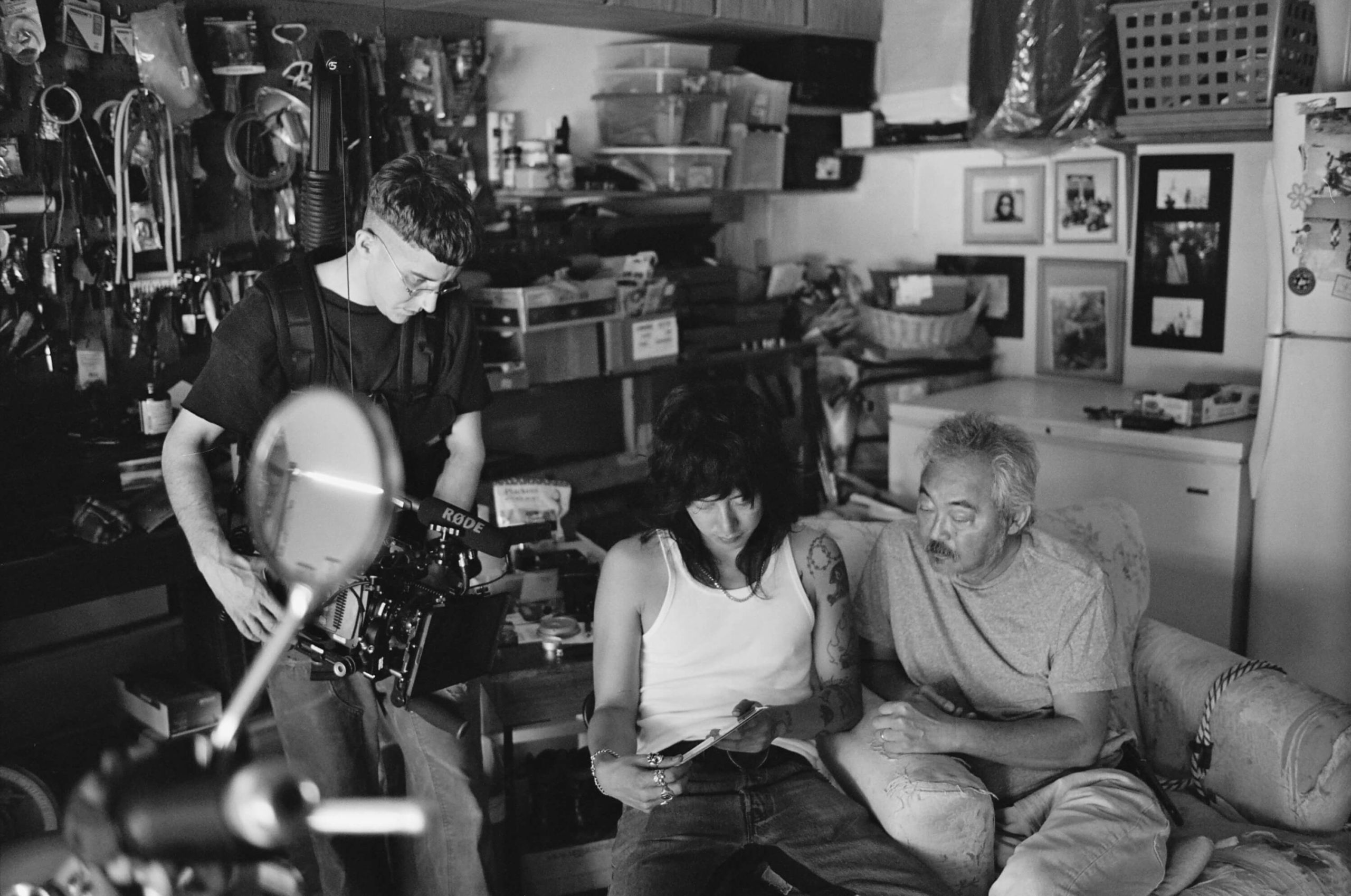
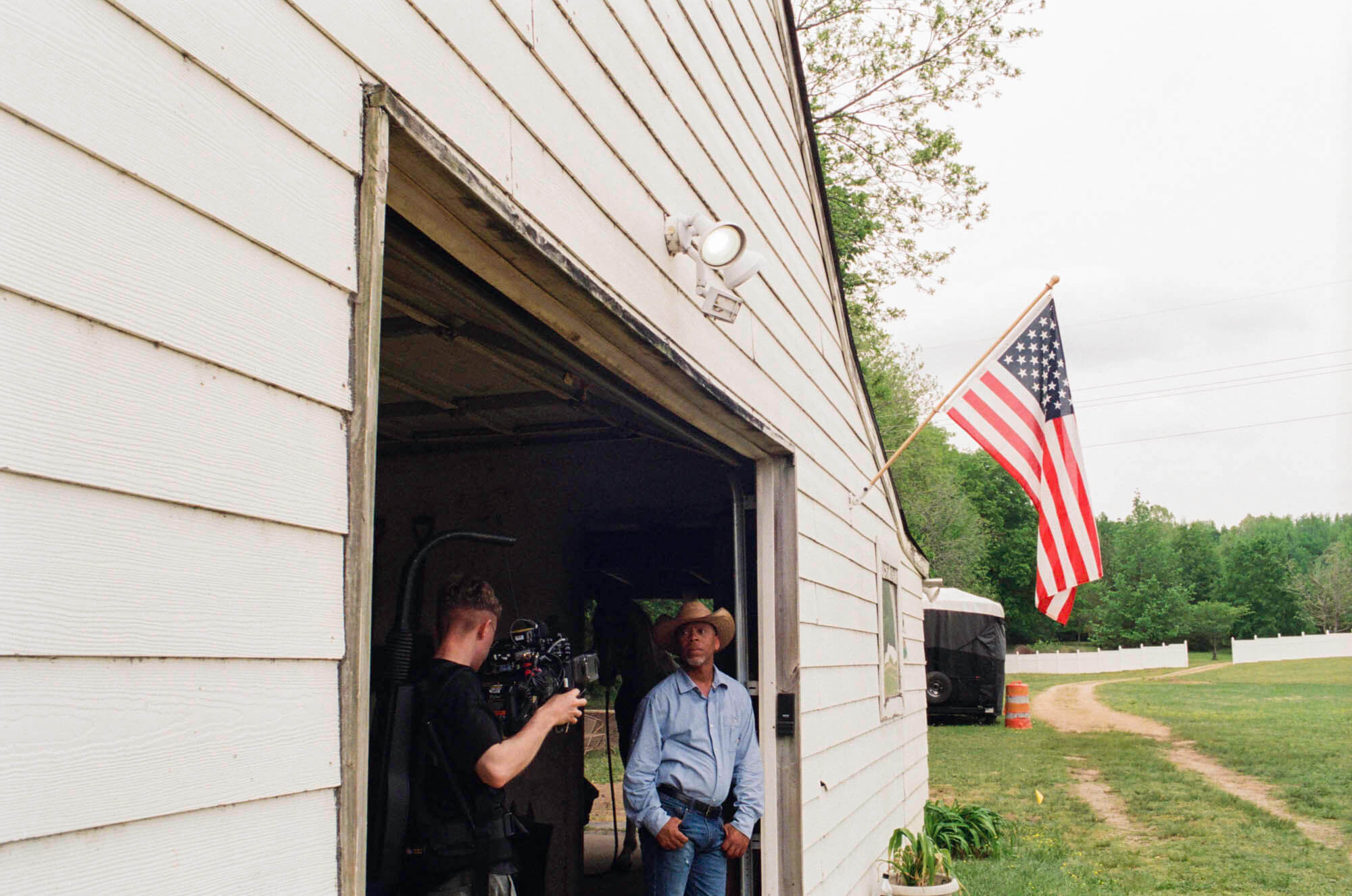
How did you approach casting the film? How did the fact that these are real people, not actors, impact your directing style?
I worked with Natalie Lin from the ‘In Search Of’ casting agency. I’ve worked with Natalie before and she’s a genius when it comes to finding real people and unique stories.
Overall we saw around 30 different father/son duos from across America, and only had time to shoot with 6 of them. It was a tough decision, because a lot of them were so unique. In the auditions we gave everyone the same questions, just to hear their stories and see how they read on camera. Other than that, we were looking at locations, how close it was to our pre-planned driving route but also whether or not the location was interesting. Once we narrowed it down, I really wanted to make sure that each story was very different from the one we just saw, both with the landscape of the country and their own personal story of fatherhood.
In my commercial work, I’ve done a lot of directing with real people (non-actors), so this process is familiar for me, especially with casting. I really enjoy that part of the work, because for these types of projects, the film will only be as interesting as the cast. However, shooting low-budget documentaries is a muscle you have to work out, and it took me a minute to get back into the hustle of things. Once we found our groove and settled in, it was smooth sailing from LA to Brooklyn.
With this style of film, editing necessarily becomes an integral part of the directing. How did you engage differently with this project then in your commercial work?
When you’re creating a film like this, you have to leave room for spontaneity and chaos… relying more on instincts and interactions than scripts and storyboards. That said, you still have to know your target well. I knew the type of film I wanted to make, but also the film I didn’t want to make, which I think is equally as important. My goal from the beginning was to avoid feeling commercial and to focus on making an art film with traditional documentary attributes. Also, I try not to repeat myself creatively – always challenging myself to make something new – so I was very conscious of that throughout production.
In terms of the editing process, it was definitely a big undertaking. Each of these stories could be a film by itself! Finding a way to hone in on the best moments and weave them together into a single, cohesive story took a lot of time, attention, patience and creativity. My editor (Jeff Watterson) and I would literally be on the phone together for hours at a time painstakingly piecing it together. There were surprises every day… but that’s where beauty reveals itself. I feel like, at the end of the day, we achieved what we were aiming for, and we hope audiences feel it too!
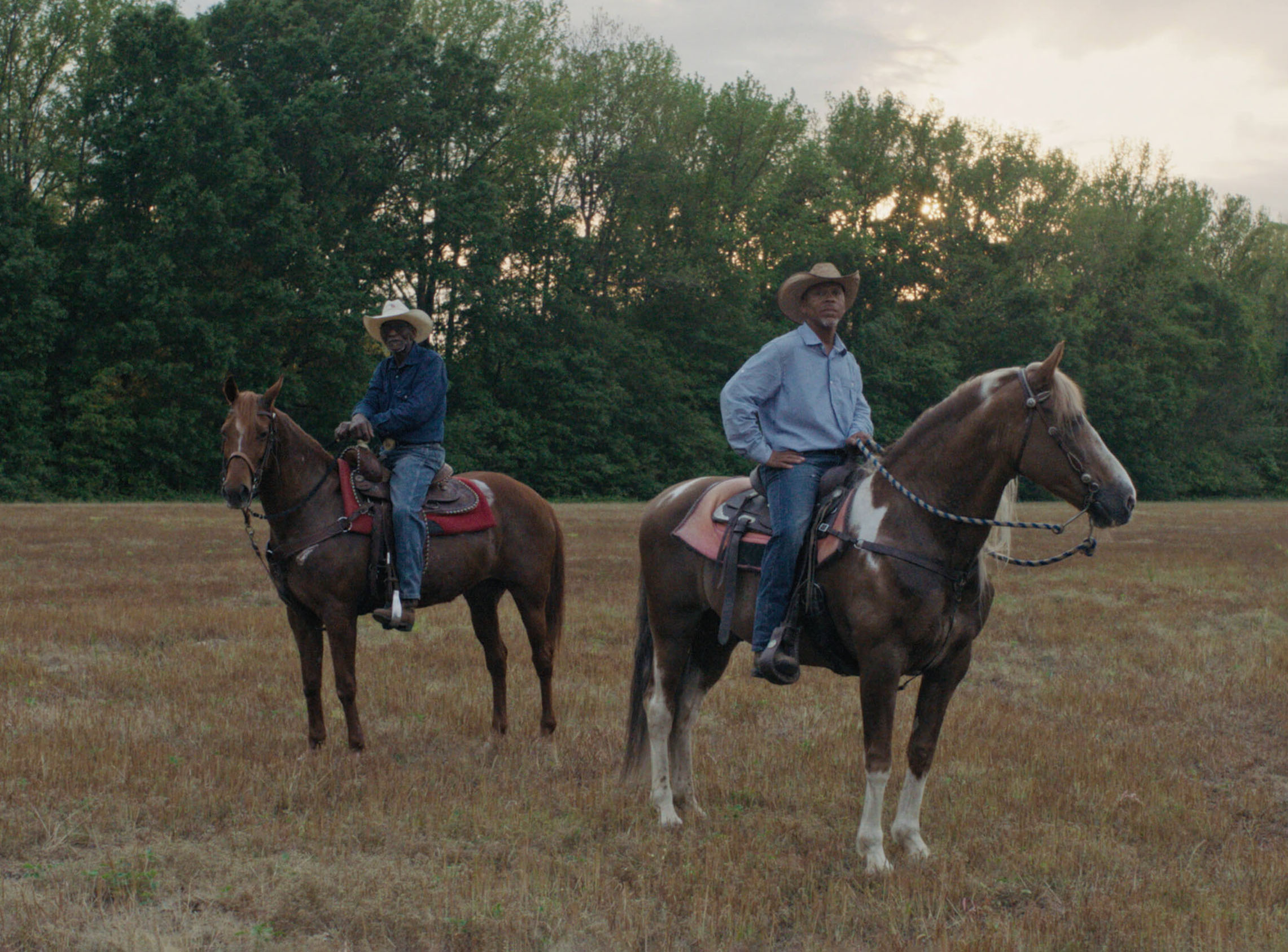
What do you hope to accomplish with this film?
You know, for personal and creative reasons I needed to make this film… more than I actually thought… and the experience was exhausting in the most beautiful way. I was able to process my personal journey, honor the men in my life, challenge myself creatively, and enjoy the process, so as a man, as a son, as a writer, as a director; it already accomplished what I needed it to do. Now I give it to the audience, and my hope is that everyone feels its honesty, heart and intention.
While filming, we witnessed some really special moments when vulnerability and masculinity coexisted so beautifully and fathers and sons were able to look each other in the eyes and express genuine love for one another. Saying “I love you” is important, and we need more of that – especially as men. I hope people walk away feeling the truth of that and intentionally looking for ways to say “I love you’ every day.

